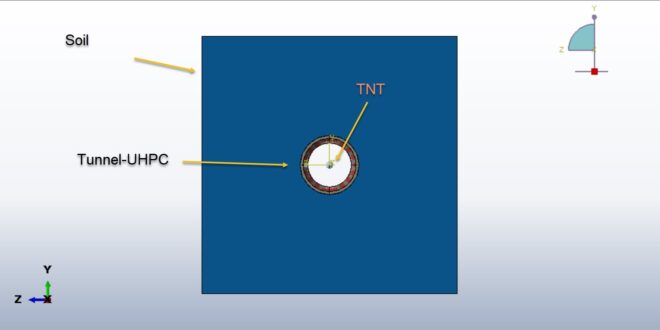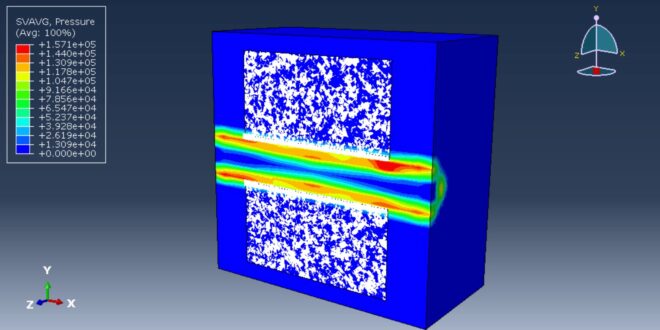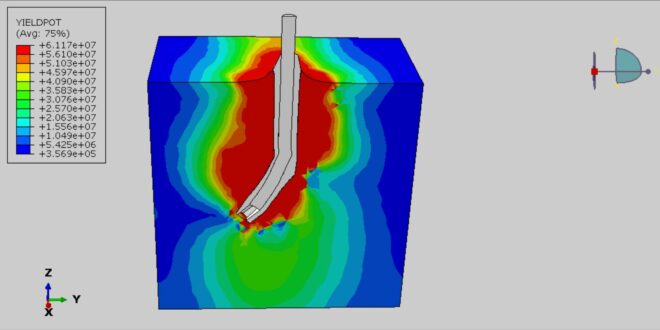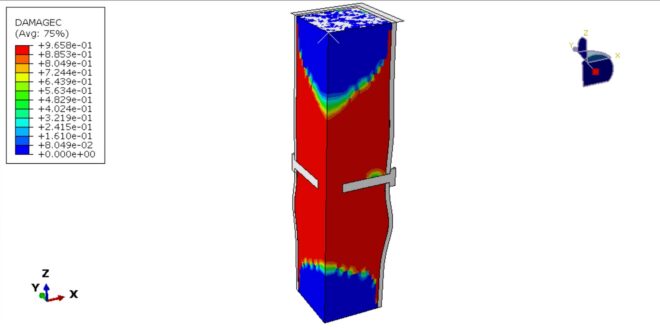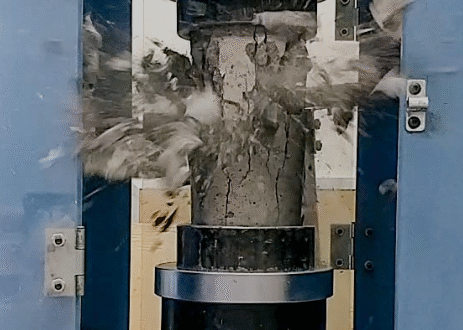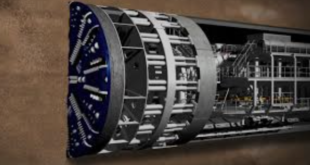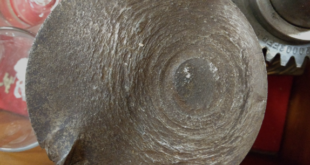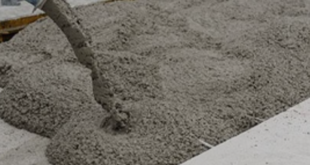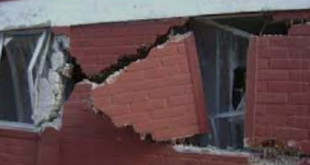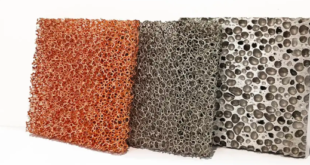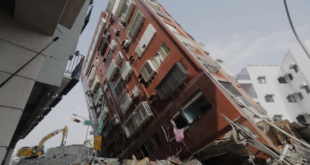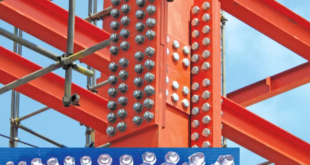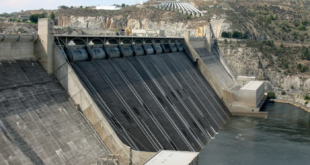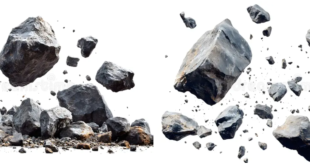Introduction to Tunnel and TBM Simulation in Abaqus Abaqus is a powerful finite element analysis (FEA) software widely used in engineering and scientific research. It is particularly effective for simulating complex geotechnical problems, including tunnel construction and Tunnel Boring Machine (TBM) operations. Simulating tunnels and TBMs in Abaqus allows engineers ...
ادامه نوشته »آخرین نوشته ها
Fatigue and Cyclic Loading Package in Abaqus
Fatigue and Cyclic Loading in Abaqus Mechanical fatigue is a phenomenon where a material undergoes progressive and localized structural damage when subjected to cyclic or fluctuating stresses, even if these stresses are below the material’s ultimate tensile strength. Over time, this repeated loading and unloading can lead to the initiation ...
ادامه نوشته »Ultra-High-Performance-Fiber-Reinforced-Concrete(UHPFRC) Package in Abaqus
Ultra-High-Performance Fiber-Reinforced Concrete (UHPFRC) in Abaqus Ultra-high-performance fiber-reinforced Concrete (UHPFRC) is an advanced construction material characterized by its exceptional mechanical properties, including high compressive strength, tensile strength, and durability. UHPFRC is typically composed of a dense matrix of fine particles, high-strength cement, and steel or synthetic fibers, which enhance its ...
ادامه نوشته »Ultra-High-Performance-Concrete(UHPC) Package in Abaqus
Introduction to Ultra-High-Performance Concrete (UHPC) in Abaqus Ultra-high-performance concrete (UHPC) is an advanced cementitious material characterized by its exceptional strength, durability, and ductility. It typically has a compressive strength exceeding 150 MPa and can reach up to 250 MPa or higher, along with superior tensile strength and resistance to environmental ...
ادامه نوشته »Masonry Wall and Structure Package in Abaqus
Introduction to Masonry Wall and Structure Simulation in Abaqus Masonry walls are structural elements made from individual units (such as bricks, stones, or concrete blocks) bound together by mortar. They are widely used in construction due to their durability, thermal insulation, and aesthetic appeal. However, simulating masonry structures can be ...
ادامه نوشته »Polymer and Metal Foam Simulation Package-Abaqus
Introduction to Polymeric and Metal Foam Simulation in Abaqus Polymeric and metal foam are advanced materials widely used in industries such as aerospace, automotive, biomedical, and construction due to their unique properties, including high strength-to-weight ratios, energy absorption, and thermal and acoustic insulation. Simulating these materials in Abaqus, a powerful ...
ادامه نوشته »Earthquake and Seismic Analysis Package in Abaqus
Introduction to Earthquake and Seismic Analysis in Abaqus Earthquake and seismic analysis are critical aspects of structural engineering, aimed at understanding and mitigating the effects of seismic events on structures. Abaqus, a powerful finite element analysis (FEA) software developed by Dassault Systèmes, is widely used for simulating and analyzing the ...
ادامه نوشته »Bolt Analysis and Simulation Package-Abaqus
Introduction to Bolt Analysis in Abaqus Abaqus is a powerful finite element analysis (FEA) software widely used for simulating complex mechanical systems, including bolted joints. Bolt analysis in Abaqus involves modeling the bolt, applying preload, and simulating the behavior of the bolted joint under various loading conditions. This analysis helps ...
ادامه نوشته »Dam Analysis Package in Abaqus
Introduction to Dam Simulation and Analysis in Abaqus Abaqus is a powerful finite element analysis (FEA) software widely used in engineering and scientific research for simulating complex physical behaviors. When it comes to dam simulation and analysis, Abaqus provides a comprehensive suite of tools to model, analyze, and predict the performance of ...
ادامه نوشته »Rock and Stone Analysis Package in Abaqus
Introduction to Rock and Stone Simulation and Analysis in Abaqus Rock and stone analysis in Abaqus software involves simulating the mechanical behavior of geological materials, such as rocks, stones, and other geomaterials, under various loading and environmental conditions. Abaqus, a powerful finite element analysis (FEA) software, is widely used in ...
ادامه نوشته » Abaqus tutorials Abaqus tutorials
Abaqus tutorials Abaqus tutorials
